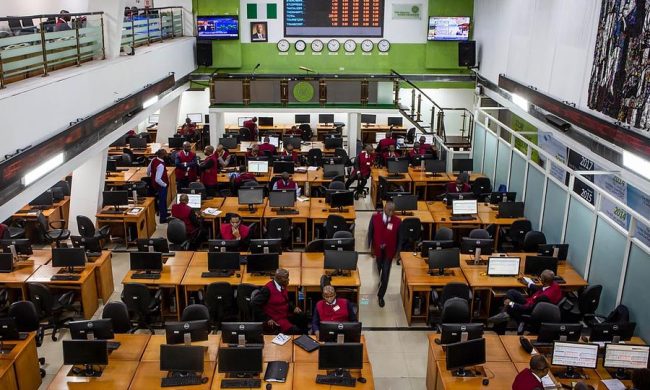A statistical report obtained from the National Bureau of Statistics (NBS) has shown that 13 power Generation companies (Gencos) have raked in about N248billion profit between 2010 and 2014, after spending N153billion on production.
The report released over the weekend captured data from 13 Gencos that had operated during the period. They generated about 5.2billion megawatts hour (mwh), showing an estimated average of 3,500megawatts (mw) generation through the years.
The 13 Gencos comprising 12 gas-fired plants and one hydropower station (Kainji/Jebba Power) made a turnover of N265.074billion in the period that spanned four years before the privatisation and one year after.
While they expended about N153.203billion as production cost, excluding labour and other miscellaneous debts, the estimated profit made was put at N248.504billion.
The only loss incurred was from the Alaoji Genco, recording a loss of about N8.412bn due to shortage of gas as only some units were working throughout the year out of the 504mw capacity. It got a turnover of just N297.595million after it generated 32,609mhw electricity for the eight-month period.
The plant was one of the 10 small and medium gas-fired plants under the National Integrated Power Projects (NIPPs) which started operation in April 2015.
Showing the breakdown of the spending and earning, statistics indicated that Geregu I Power station, operated since 2010, had a turnover of N39.904bn, removing a production cost (without labour) of N14.658bn, the plant earned N25.246bn by 2014. It is expected to churn out 159mw daily this year.
Afam power operated within the same period and recorded a turnover of N10.685bn, less production cost of N2.864bn, it made a profit of N7.821bn.
The AES power, on its part, got a profit of N27.073bn after it has removed N19.057bn for production cost. It generated 2.041million mhw between 2010 and 2014, operation between 2010 and 2014 (in five years).
NAOS JV Independent power Plant (Agip IPP) within the same period generated 5billion mhw at a meagre cost of N256.060m. Its profit for the huge generation was N128.349million.
Another old plant, Omotosho Electric Power, spent N6.436bn on production and gained N5.834bn. It is expected to generated 254mw all through 2016.
The Olorunsogo Power started operation in January 2011. It spent N27.774bn and raked in N5.848bn as profit by 2014. It will be producing 231mw daily this year.
Ogorode Genco, one of the 10 power stations in the National Integrated Power Projects (NIPP) started operation in September 2011. It gained N9.203bn and paid N17.468bn for production.
The other NIPP plant, Omotosho Genco, started operation in May 2012. It paid N19.174bn to produce 3,344million mhw and gained N11.297bn. It is estimated to produce 226mw electricity daily in 2016.
The third NIPP, Geregu II Genco, started in May 2013. After spending N12.023bn on production, it gained N7.106bn. It should generate 213mw daily this year, which is about half of its installed capacity.
The Benin GENCO (NIPP) started operation in May 2013 and generated 1.983millon megawatts hour (mwh). While it got N9.335bn profit, it spent N8.885bn on production. Its present estimated capacity is 279mw daily output.
The fifth and youngest NIPP is the Alaoji Genco in Abia State which started operation in April 2015. It generated 32,609 mwh after spending N8.710bn on production. It recorded a loss of N8.412bn and it was estimated to produce 130mw daily this year, far lower than its 504mw installed capacity.
The Nigerian Electricity Supply Corporation (Nesco) Ltd was in operation since 2010 and generated 143.780million mwh by 2014. While it spend N1.607bn on production, it gained N1.554bn.
The only hydropower station captured in the report was the Kainji/Jebba station. The data was from the fourth quarter of 2013 when it privatised (under concession). By 2014, it has generated 3.326millon mhw of which N24.129bn was spent to produce. It however recorded N9.838bn profit and expected to contribute 367mw daily to the national grid in 2016.














Power Generation Companies Generated N248billion in Five Years – NBS – https://t.co/sHg8za04pq…… https://t.co/6gtjnn58L8